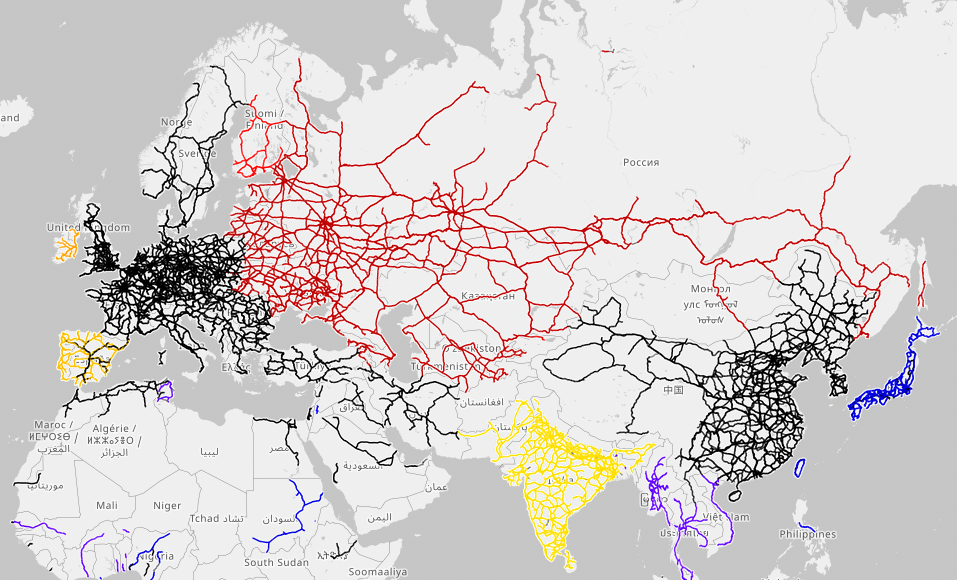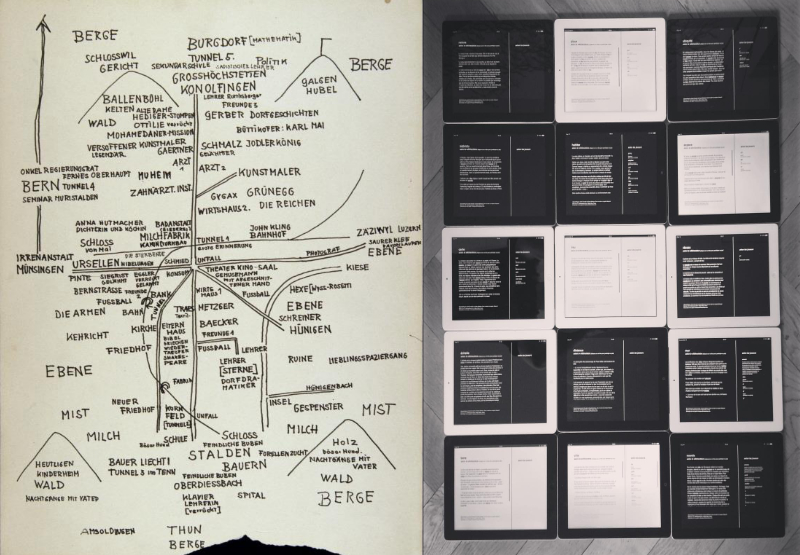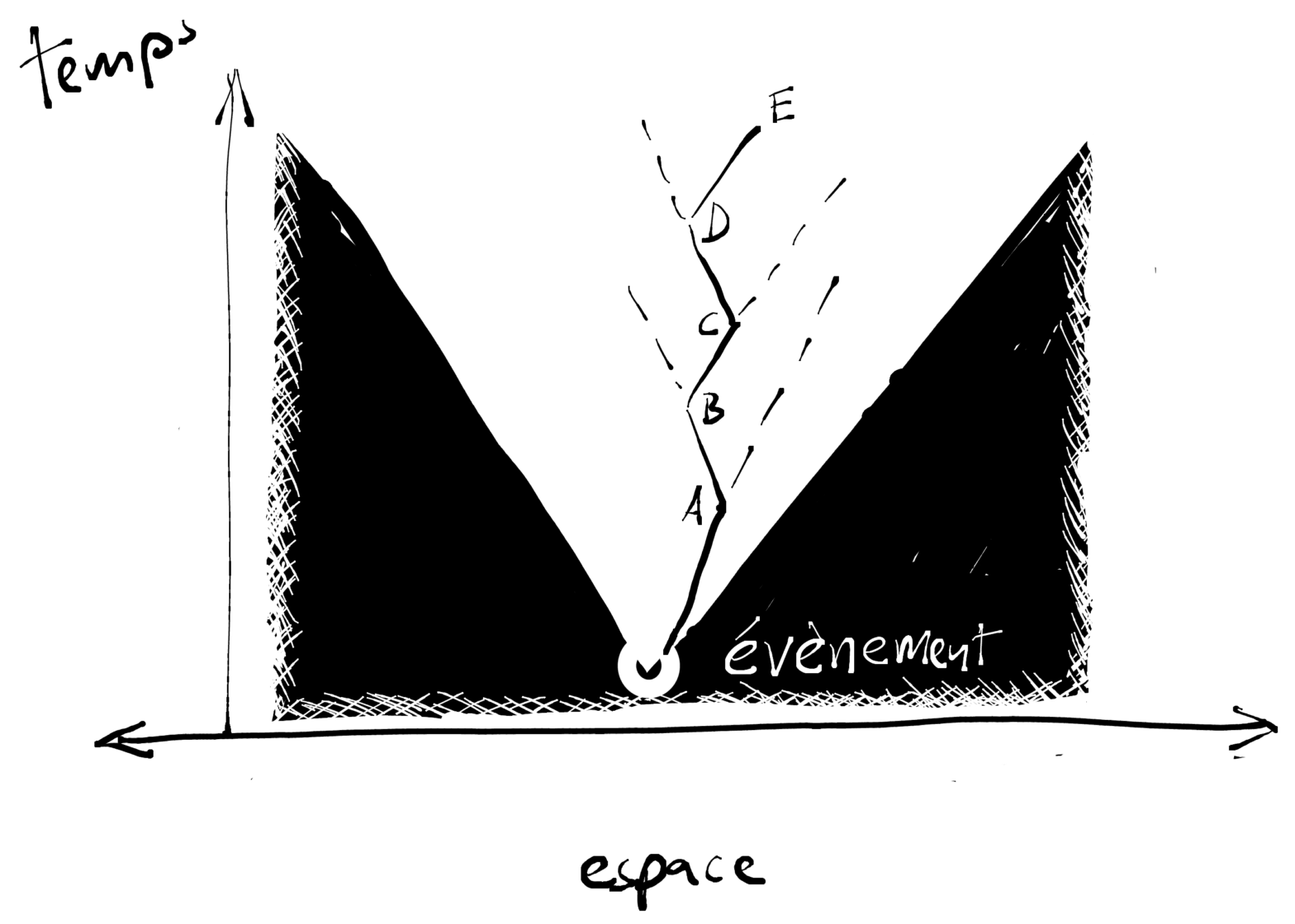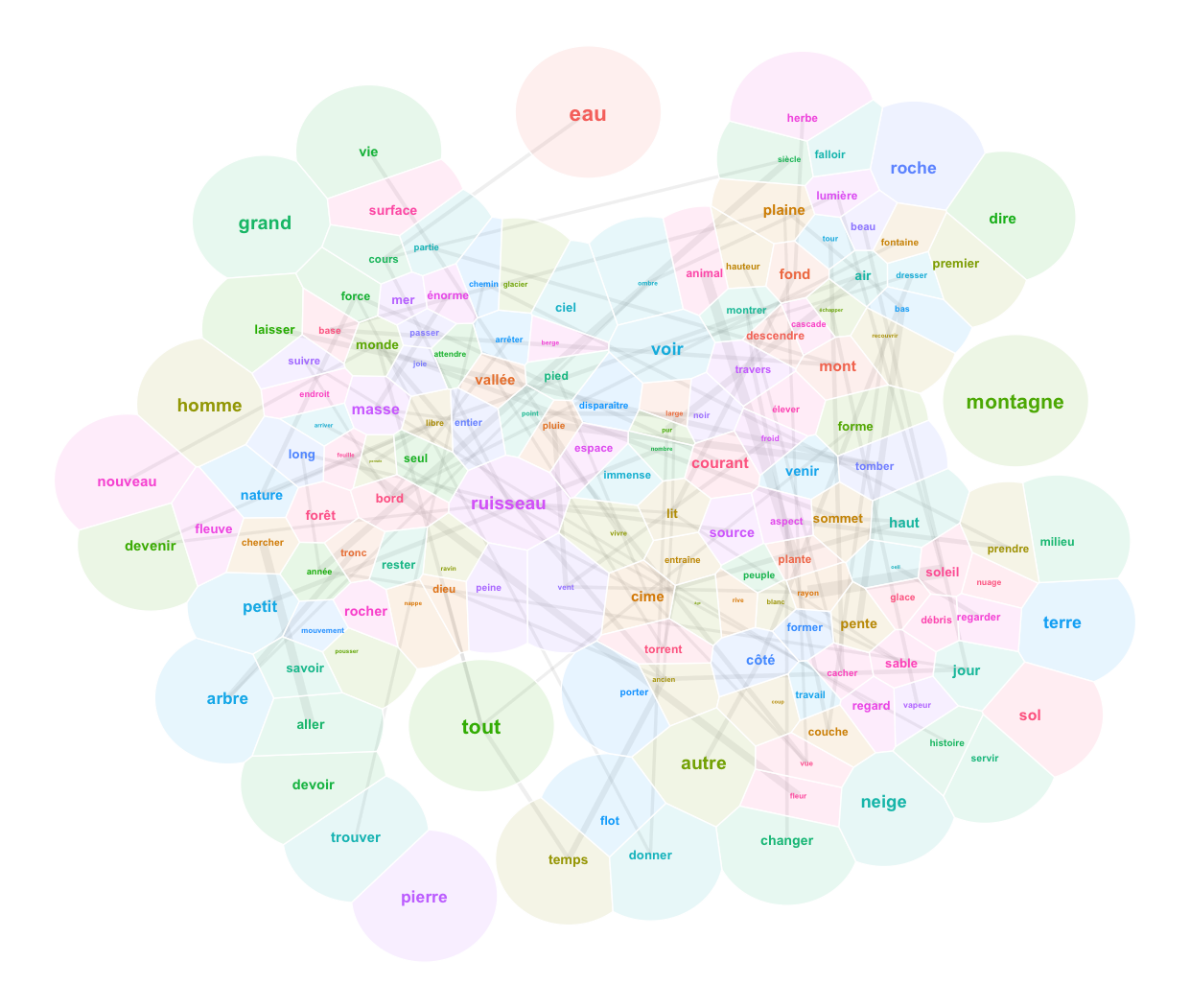This blog entry is work in progress… Please be patient, more content is comming soon. Meanwhile, you can read other posts.
Concepts are encoded in most artworks, at least in all that make it to the museum and visiotors bother to see and acedmics to write about. I focus here on major examples.
Psyche and knowledge
Sigmund Freud
The ego (Ich), the […] Continue Reading…






